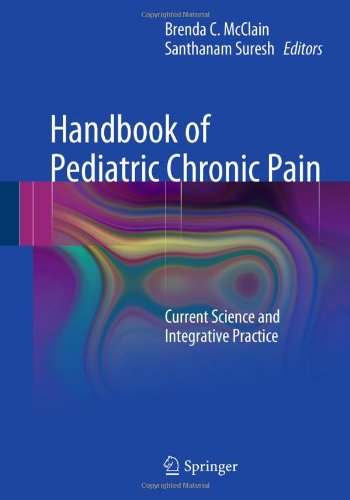

Most ebook files are in PDF format, so you can easily read them using various software such as Foxit Reader or directly on the Google Chrome browser.
Some ebook files are released by publishers in other formats such as .awz, .mobi, .epub, .fb2, etc. You may need to install specific software to read these formats on mobile/PC, such as Calibre.
Please read the tutorial at this link: https://ebookbell.com/faq
We offer FREE conversion to the popular formats you request; however, this may take some time. Therefore, right after payment, please email us, and we will try to provide the service as quickly as possible.
For some exceptional file formats or broken links (if any), please refrain from opening any disputes. Instead, email us first, and we will try to assist within a maximum of 6 hours.
EbookBell Team

4.7
76 reviewsPediatric Chronic Pain Current Science and Integrative Practice Brenda McClain and Santhanam Suresh, editors
In contrast to the days when children were thought to experience less pain than adults, we now know that this is not the case and that prolonged exposure to pain may predispose children to chronic pain syndromes later in life. For these reasons, pain management has become an essential part of pediatric care. Pediatric Chronic Painreflects current advances in the field, offering the pediatric specialist a comprehensive evidence base for the understanding, accurate assessment, and developmentally appropriate treatment of pain in children, from neonates to adolescents. The work of respected physicians and psychologists, this practical guide provides definitive information on frequently encountered syndromes, assessment tools, a wide range of mainstream and complementary intervention strategies (with special attention to opioid tolerance and tapers), and palliative care. Its groundbreaking coverage:
Pediatric Chronic Pain will be a trusted daily reference for child psychologists, psychiatrists, and neurologists; medical and health psychologists in pediatric/adolescent settings; pediatric surgeons; and pediatricians, especially those with subspecialty training in neurology, hematology-oncology, and rheumatology.